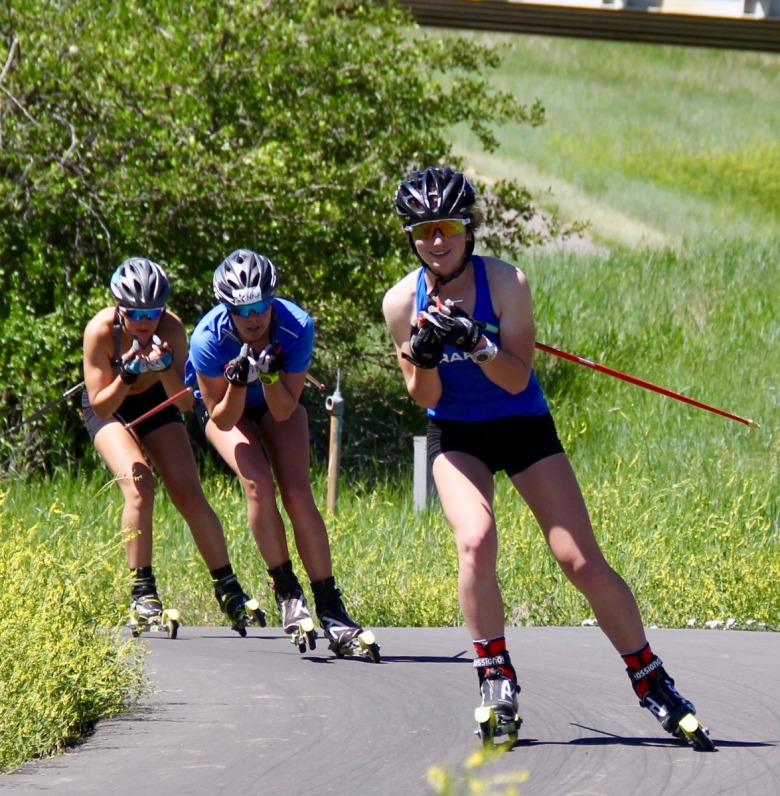Intensity DistRibution of the PolaRized TRraining MethodLone Peak Performance

October 7, 2018
By Tom Cuddy
Ever wonder what it’s like to train like an elite endurance athlete? In the following article I will review an important component of planning out training plans: intensity. How much high intensity is the right amount? How much low-intensity is the right amount? I would highly recommend going back and reading the Polarized Training Method article for some background physiology to better understand some concepts explained below.
It is generally well-established and intuitive when it comes to designing training plans targeted towards improving endurance performance. However, at the competitive-elite level, there is still debate on the most optimal strategy for planning the 4 main variables of training: Frequency, Intensity, Time, and Type. The organization of these variables, known as the F.I.T.T Principle (or formula) vary based on the time of year, level of an athlete, and the demands of the sport an athlete is training for.
In endurance sports, intensity distribution is perhaps the most heavily debated variable and this is reflected by differences in coaching strategies used. Generally, two schools of thought exist regarding patterns of intensity distribution:
1. The Threshold-Training Model
2. The Polarized-Training Model

The biggest difference between these two models is the amount of time spent at an intensity right below lactate threshold. In the Threshold-Model, there is a large emphasis on time at this intensity whereas in the Polarized-Model, little to no time is spent at this intensity. As a tool for distributing training intensity, it is valuable to refer to lactate and ventilatory thresholds of an individual.
Understanding these thresholds is important because they reflect metabolic events that are influenced by type of muscle fiber recruitment (i.e. type 1 vs. type 2), substrate utilization (i.e. carbohydrates vs. fats), and hormonal changes (i.e. influence of the epinephrine) in response to exercise intensity.
